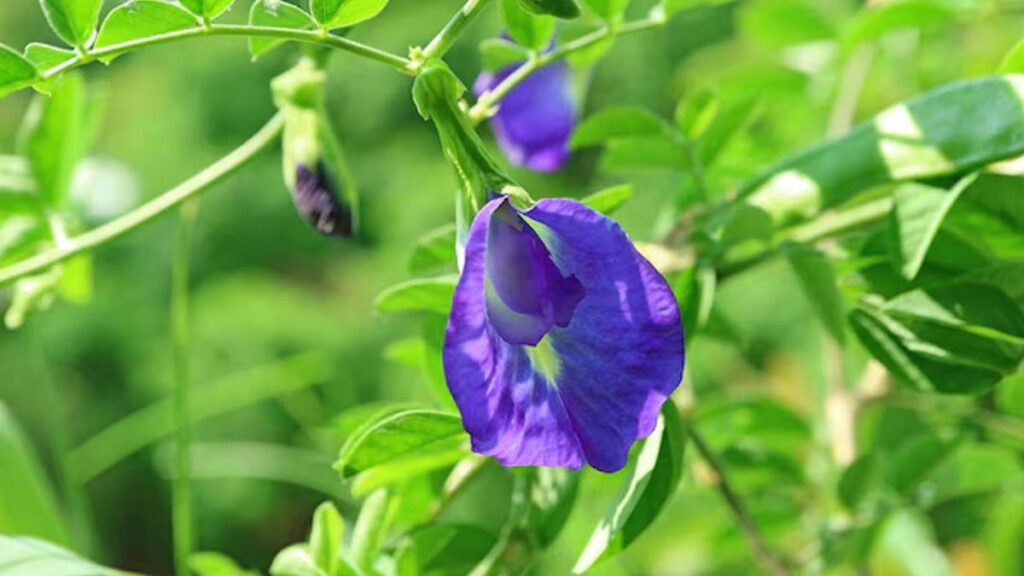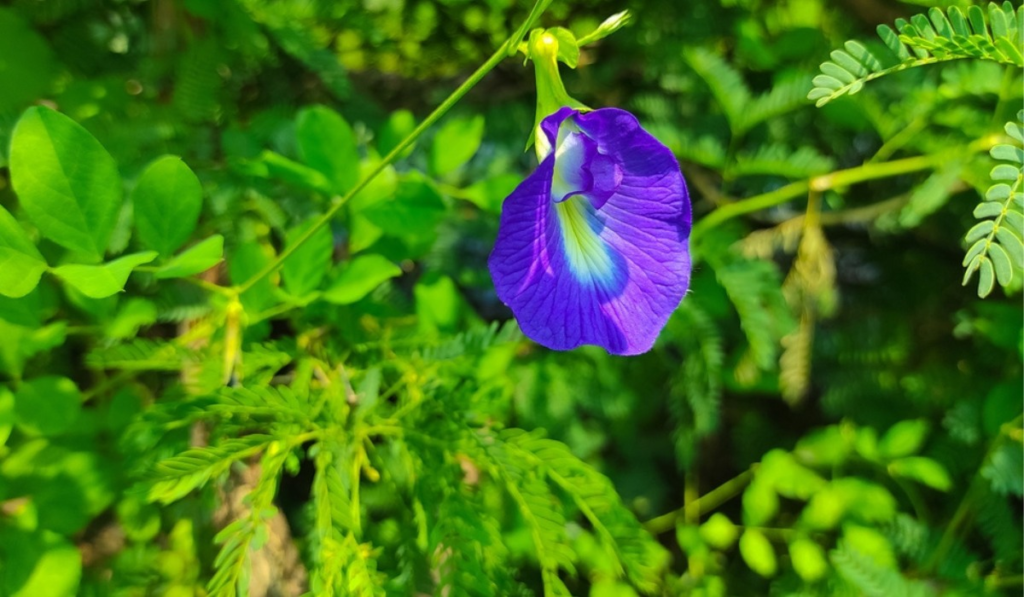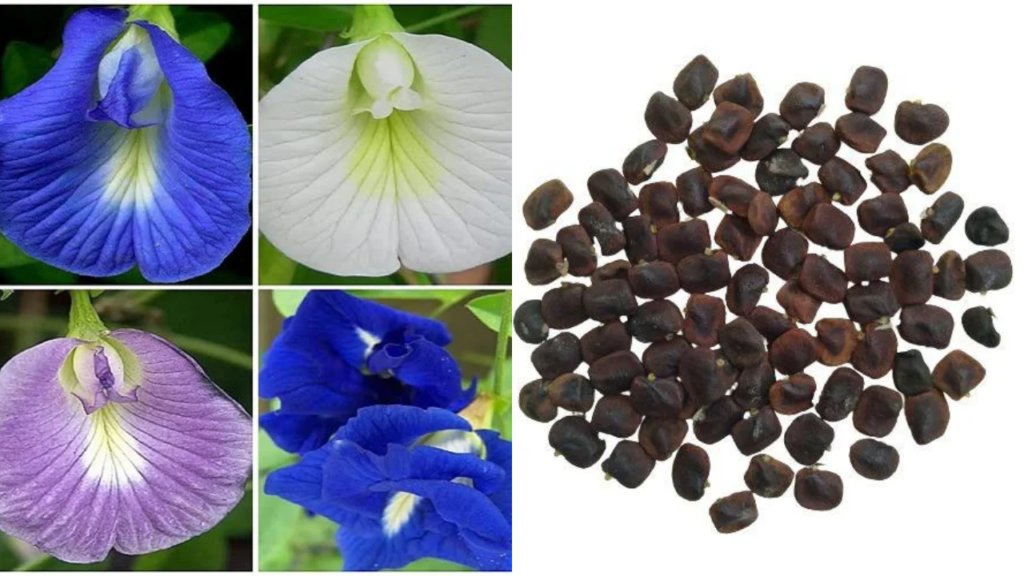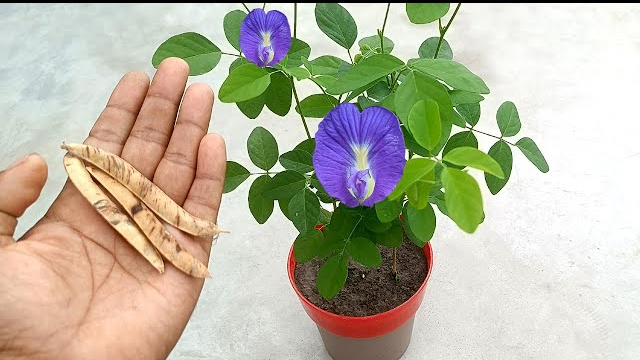Enhance Your Home’s Energy with the Sacred Aparajita Plant, as per Vastu Shastra

Enhance Your Home's Energy with the Sacred Aparajita Plant, as per Vastu Shastra
Vastu Shastra, the ancient Indian system of architecture, offers guidelines on design, layout, and spatial alignment to harmonize with nature. While flexible in its application, Vastu also provides specific recommendations for incorporating plants into homes, ensuring positive energy flow.
What is the Aparajita Plant?
Known as Clitoria Ternatea in English, the Aparajita plant holds religious significance in India and is commonly used in prayers. It is a fast-growing legume, rich in protein, and serves as an excellent nitrogen-fixing plant. This versatile plant thrives in tropical conditions, making it suitable for use in plantations like coconut and rubber, and as a fodder crop.

Vastu Guidelines for Aparajita Plant
Planting the Aparajita plant in specific directions—north, east, or northeast—is believed to bring prosperity and happiness. Placing it on the right side of the main door in a pot is also considered auspicious. Thursdays and Fridays, associated with Lord Vishnu and Goddess Lakshmi, are ideal days for planting it. This practice is said to eliminate financial issues and invite wealth and growth into the home.
Vastu Benefits of the Aparajita Plant
- Eliminates Negative Energy: Negative energy diminishes by planting the Aparajita plant. The plant purifies the surroundings.
- Attracts Wealth: The hard work to become wealthy is booming, and this plant enhances wealth if planted at home.
- Boosts Intelligence: Family members who secure this plant at home become more intelligent. They are also more perceptive thinkers.
- Removes Shani Dosh: Shani Dosh is when a person experiences business or health problems. Having this plant in one’s home relieves such suffering.

Growing the Aparajita Plant at Home
The best time to plant Aparajita seeds is from March to April. To plant:
- Use a potting mix and sprinkle the seeds, leaving a small gap between them.
- Water the soil lightly and ensure the plant gets partial sunlight.
- The seeds germinate within 1-2 weeks, and saplings appear in about 20 days.
Once the plant starts growing, it needs minimal watering and sunlight for 5-6 hours daily. It may require protection from pests like spider mites and aphids. Regular pruning of dry branches and leaves will keep the plant healthy.

Medicinal Properties of the Aparajita Plant
The Aparajita plant offers a range of medicinal benefits. It helps regulate blood sugar levels, improves eyesight, and is used in Ayurvedic treatments for neurological disorders. Its antibacterial properties aid in wound healing.
For Hair and Skin
Aparajita extract promotes hair growth by increasing blood circulation in the scalp and strengthening hair follicles.Aparajita plant extract is believed to promote hair growth due to its potent bioflavonoid, anthocyanin. Aparajita plant extract is considered one of the most effective natural ingredients for promoting hair growth and naturally darkening hair. For skincare, it has anti-ageing properties, thanks to its antioxidants, which reduce inflammation and prevent skin damage. Aparajita plant flower is known for its anti-glycation properties, which helps to slow down skin ageing.
Incorporating Vastu-compatible plants like the Aparajita can bring harmony, prosperity, and health benefits to your home. By following Vastu guidelines, you can enhance the positive energy in your space and invite good fortune.












